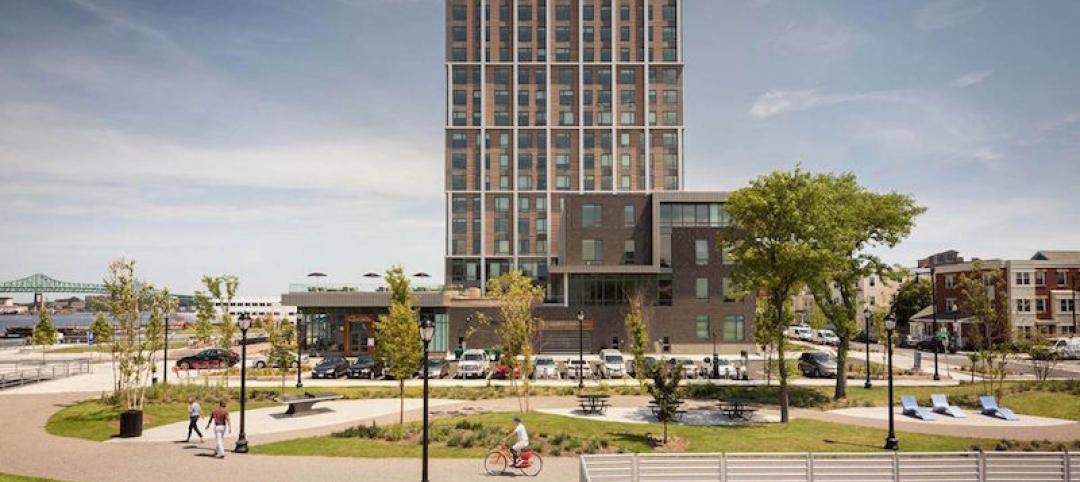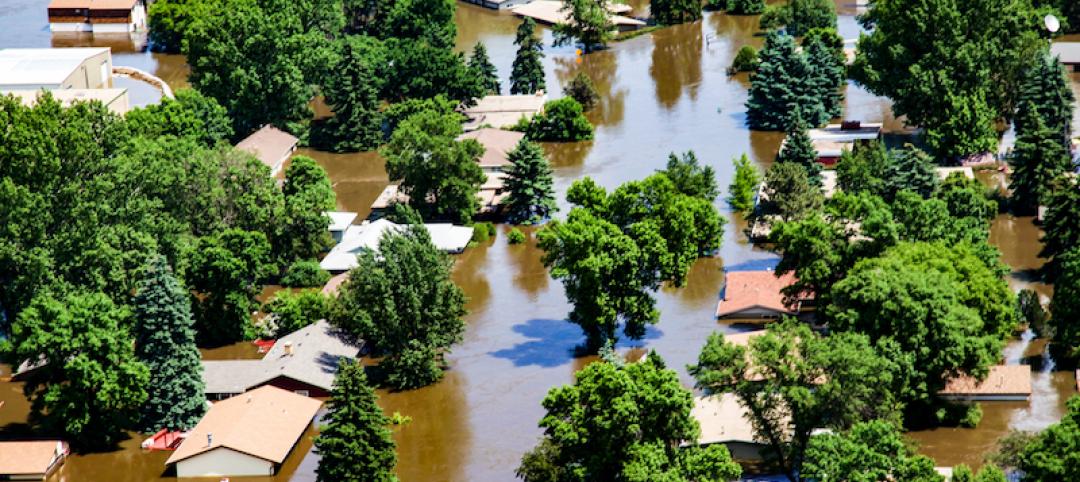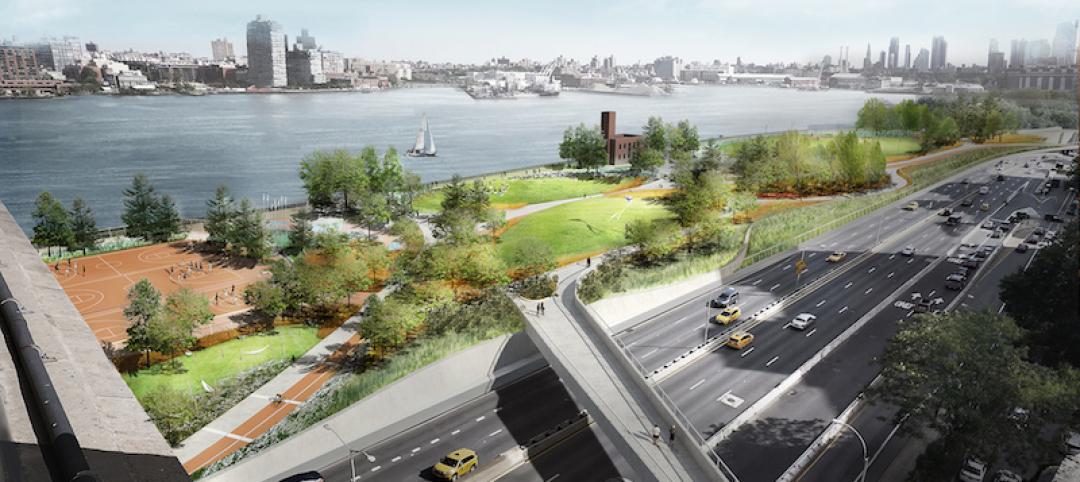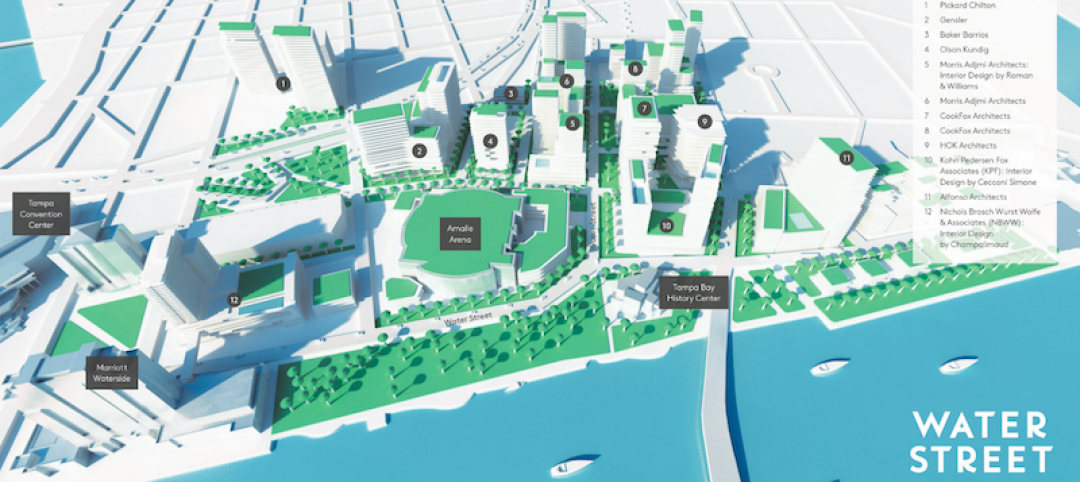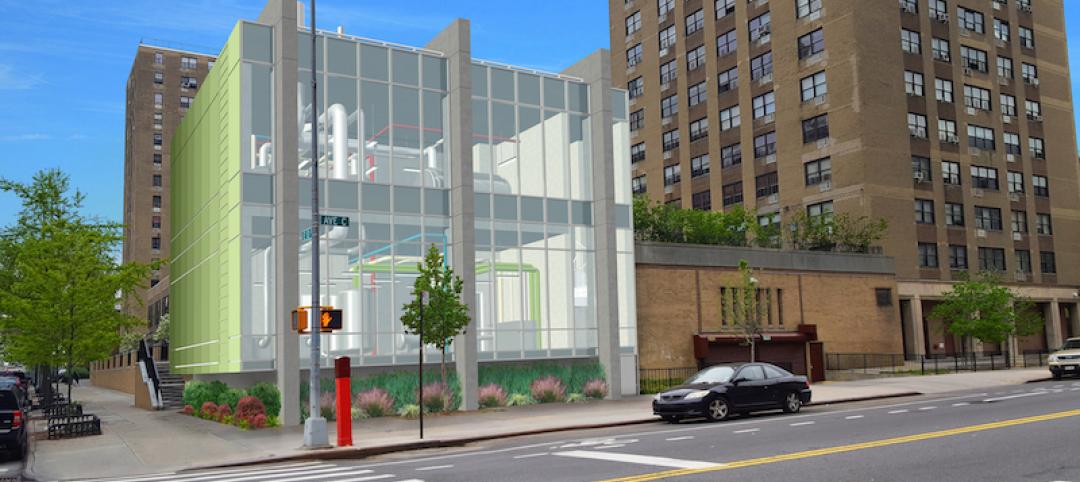Critics charge that New York City’s approach to resiliency in the face of climate-change-induced sea level rise is shortsighted.
New development in Manhattan and Columbia University’s new Manhattanville campus will be at risk in 50 to 80 years, they say. Mayor Bill de Blasio is focused on “an election time scale,” not a more realistic timetable given the challenges the city faces, critics assert.
In the end, the only reasonable approach to city planning over a longer time scale is “managed retreat” to higher ground, according to engineers focused on resiliency. One of the main drivers of "managed retreat" is likely to be the rising costs of flood insurance.
Congress has failed to reform the National Flood Insurance Protection, which is now $23 billion in debt. If property losses increase as expected, reform and insurance rates will go up to the point where people will choose to live in lower risk areas in New York and other coastal areas.
Related Stories
Resiliency | Jan 17, 2018
Climate adaptation project addresses current and future climate changes in Randers, Denmark
The C.F. Møller-designed project is slated for completion in 2021.
Resiliency | Nov 15, 2017
Resilient design for waterfront buildings: a real estate win-win in vulnerable area
The developer sees resilient developments achieving top-of-market pricing, faster leasing, higher renewal, and higher occupancy rates.
Greenbuild Report | Oct 18, 2017
Rebuild, retreat, or resist
Hurricanes Harvey and Irma expose the necessity—and limitations—of resilient design and construction measures.
Resiliency | Oct 18, 2017
Cities weigh relocations as part of their defenses against natural disasters
Convincing people to relocate can be a psychological hurdle.
Resiliency | Oct 16, 2017
The race to codify resilience design
An array of guidelines and standards coming from all kinds of sources are jockeying for position to stamp their imprint on resilience best practices and, potentially, new codes.
Resiliency | Oct 13, 2017
Resiliency takes center stage in new projects around the country
Projects like these, where resilience is central to their design and construction, are becoming more commonplace.
Resiliency | Sep 27, 2017
The East Side Coastal Resiliency Project will span 2.5 miles of Lower Manhattan
The project will safeguard the Lower East Side against severe weather and rising sea levels.
Codes and Standards | Sep 11, 2017
Natural solutions would be most effective flood resilience policies for Houston
New green infrastructure should be part of rebuild.
Mixed-Use | Aug 30, 2017
A 50-acre waterfront redevelopment gets under way in Tampa
Nine architects, three interior designers, and nine contractors are involved in this $3 billion project.
Resiliency | Jun 7, 2017
New disaster-resilient infrastructure building and upgrades hope to keep Haven Plaza up and running
The affordable housing complex was hit hard during Hurricane Sandy, leaving residents without electricity or water.



